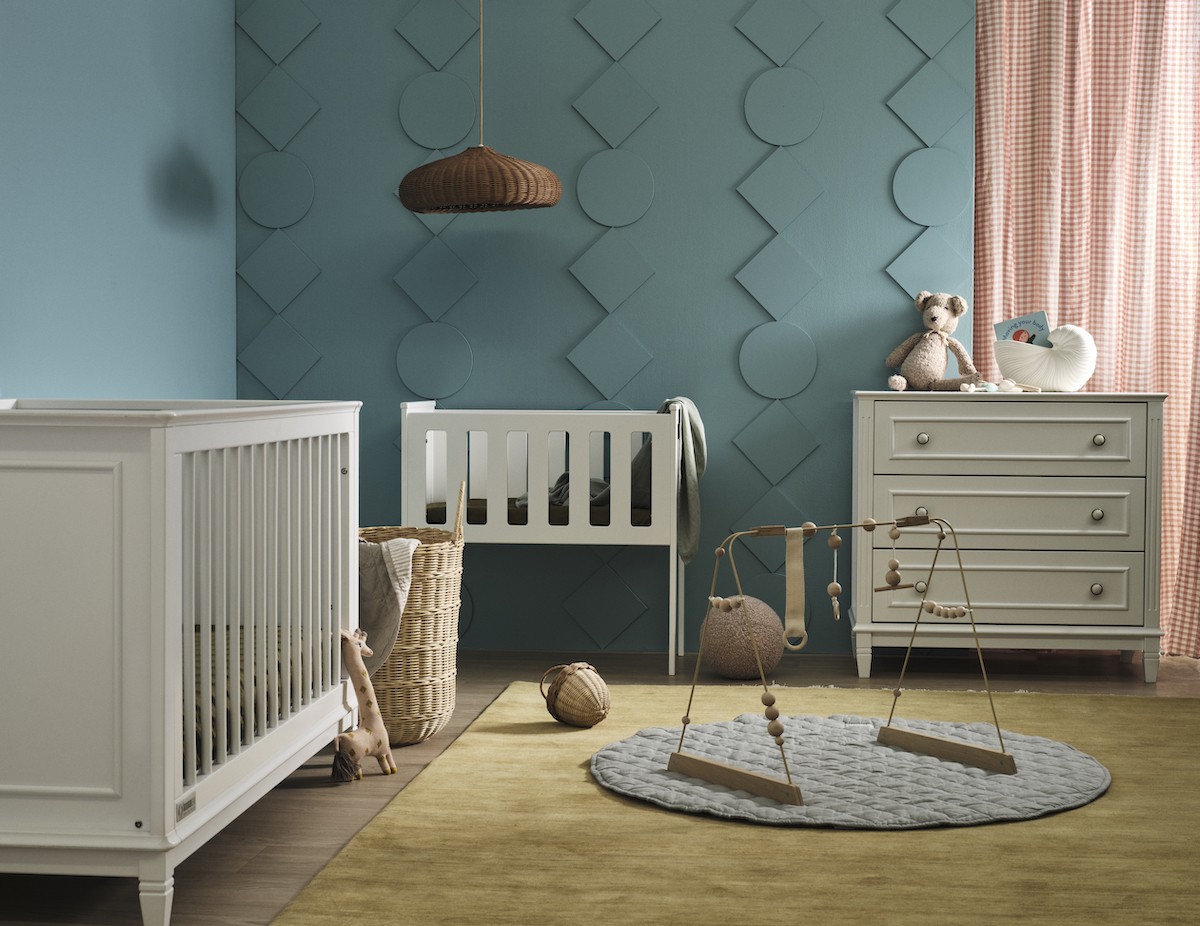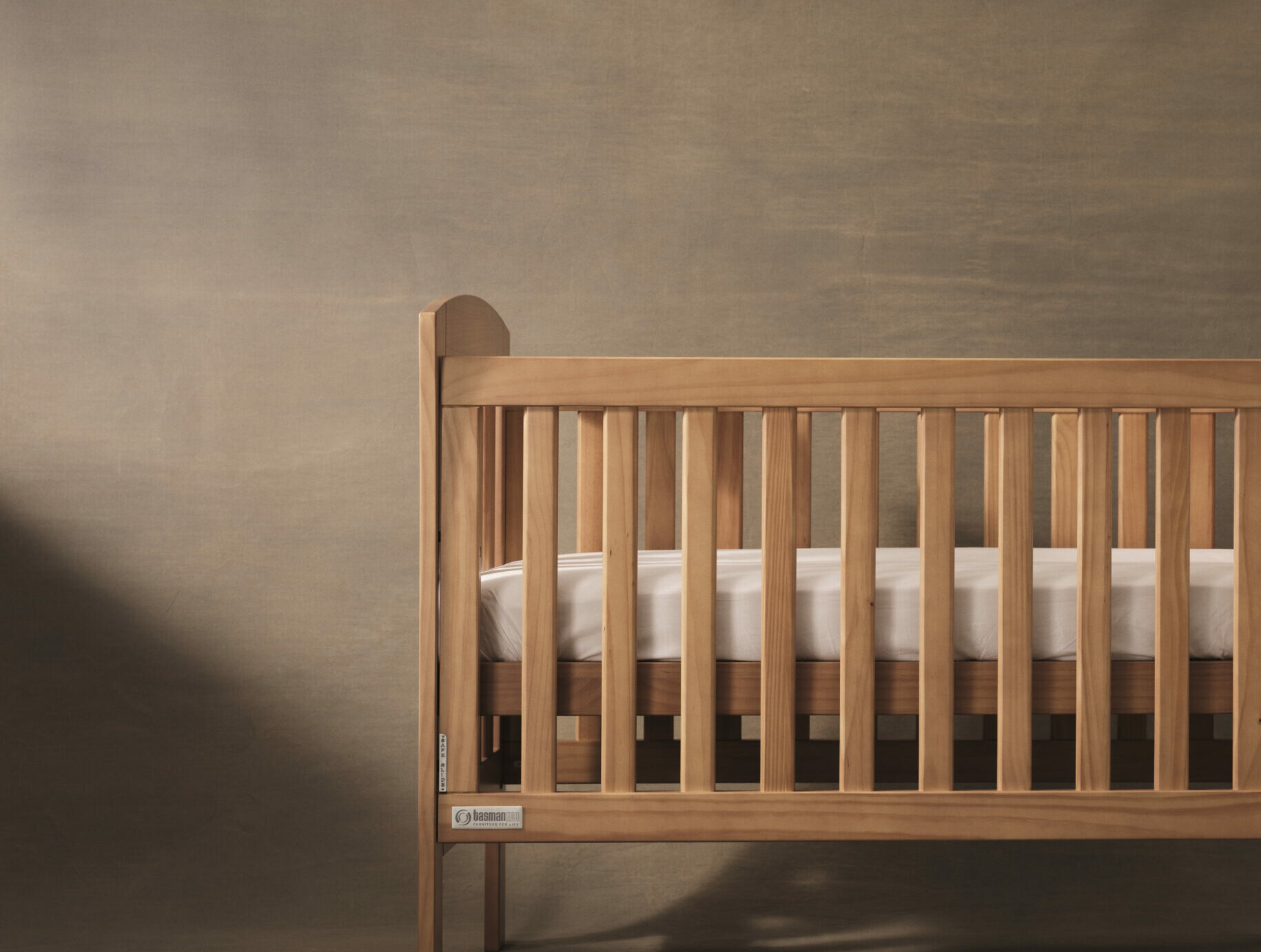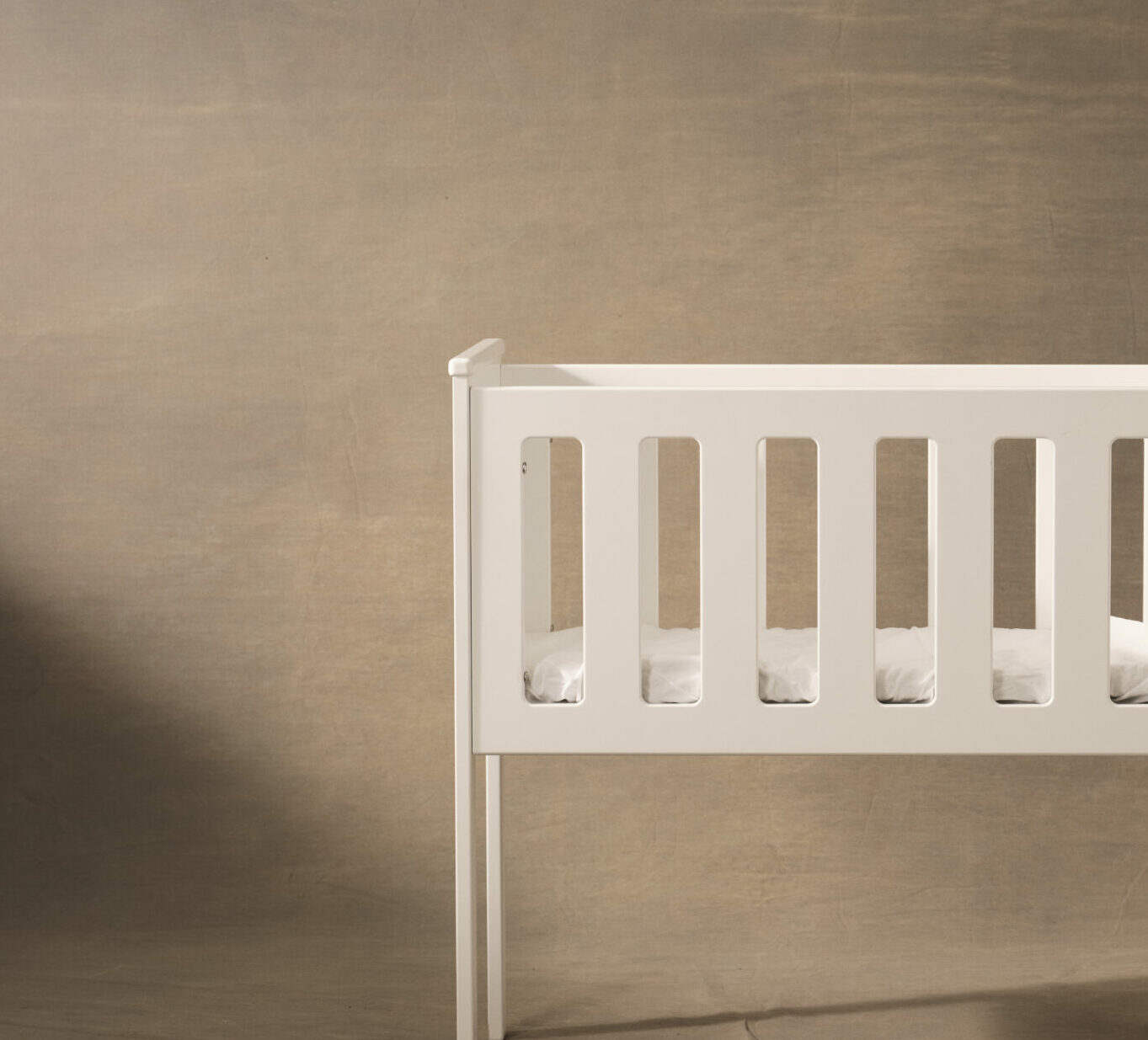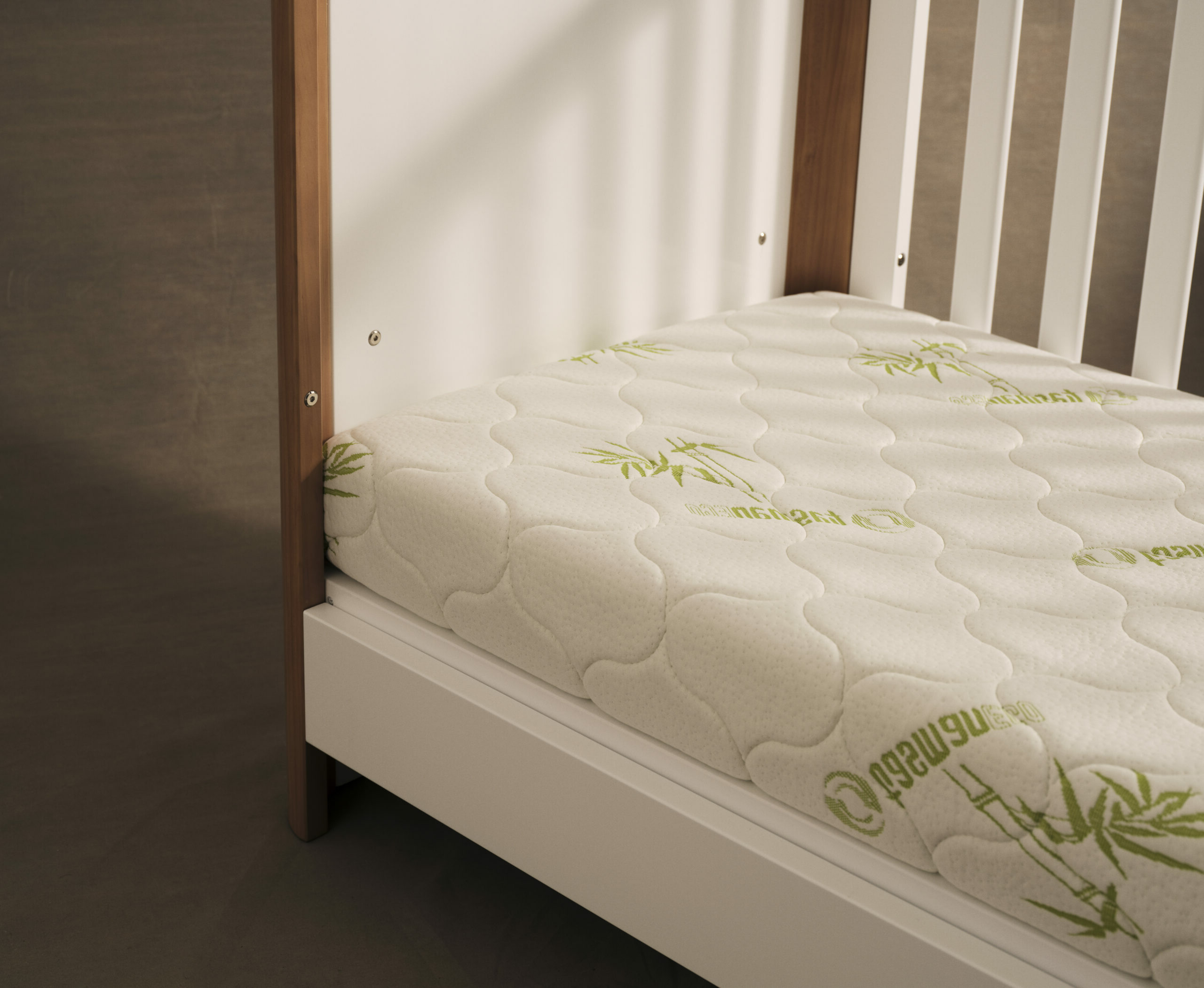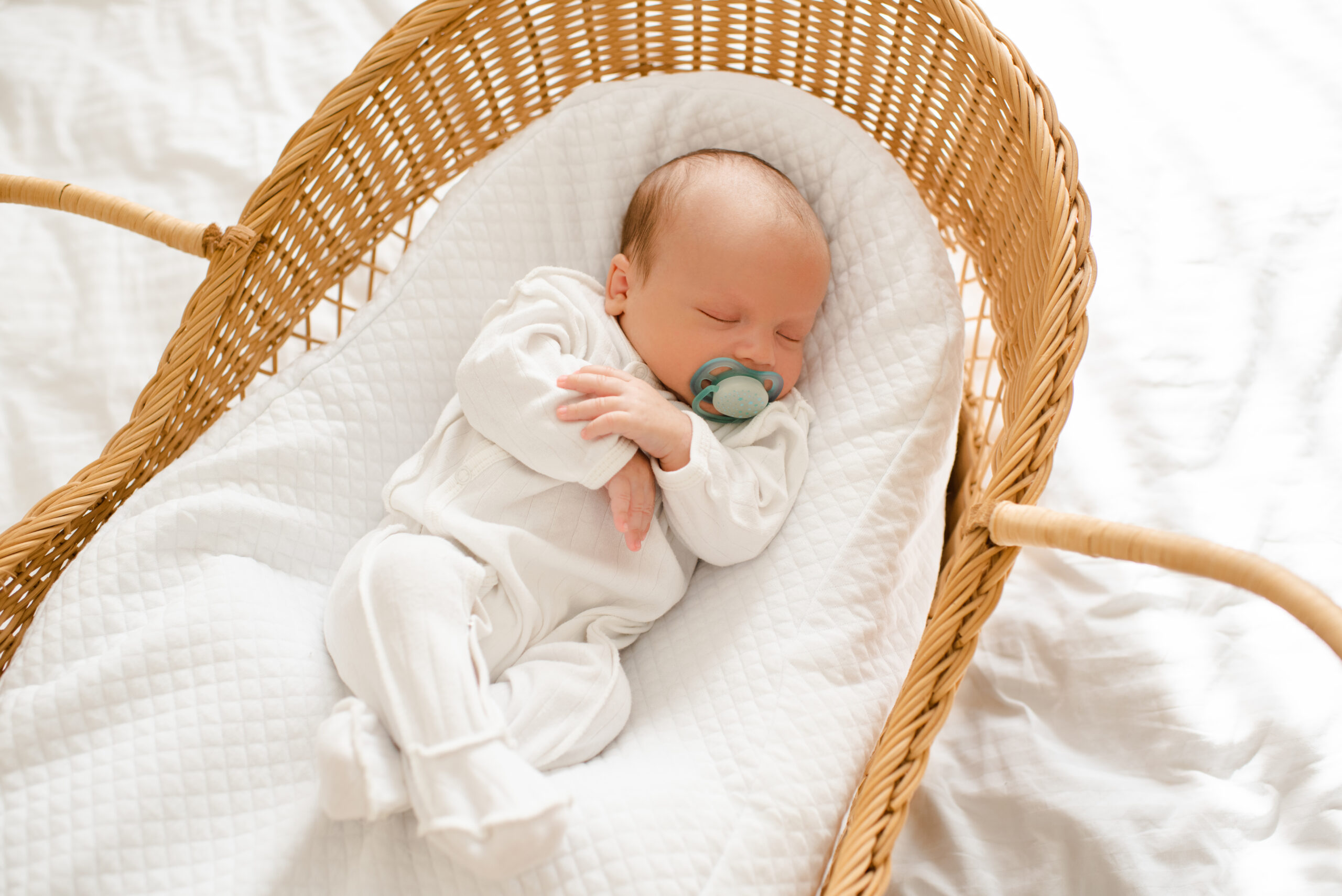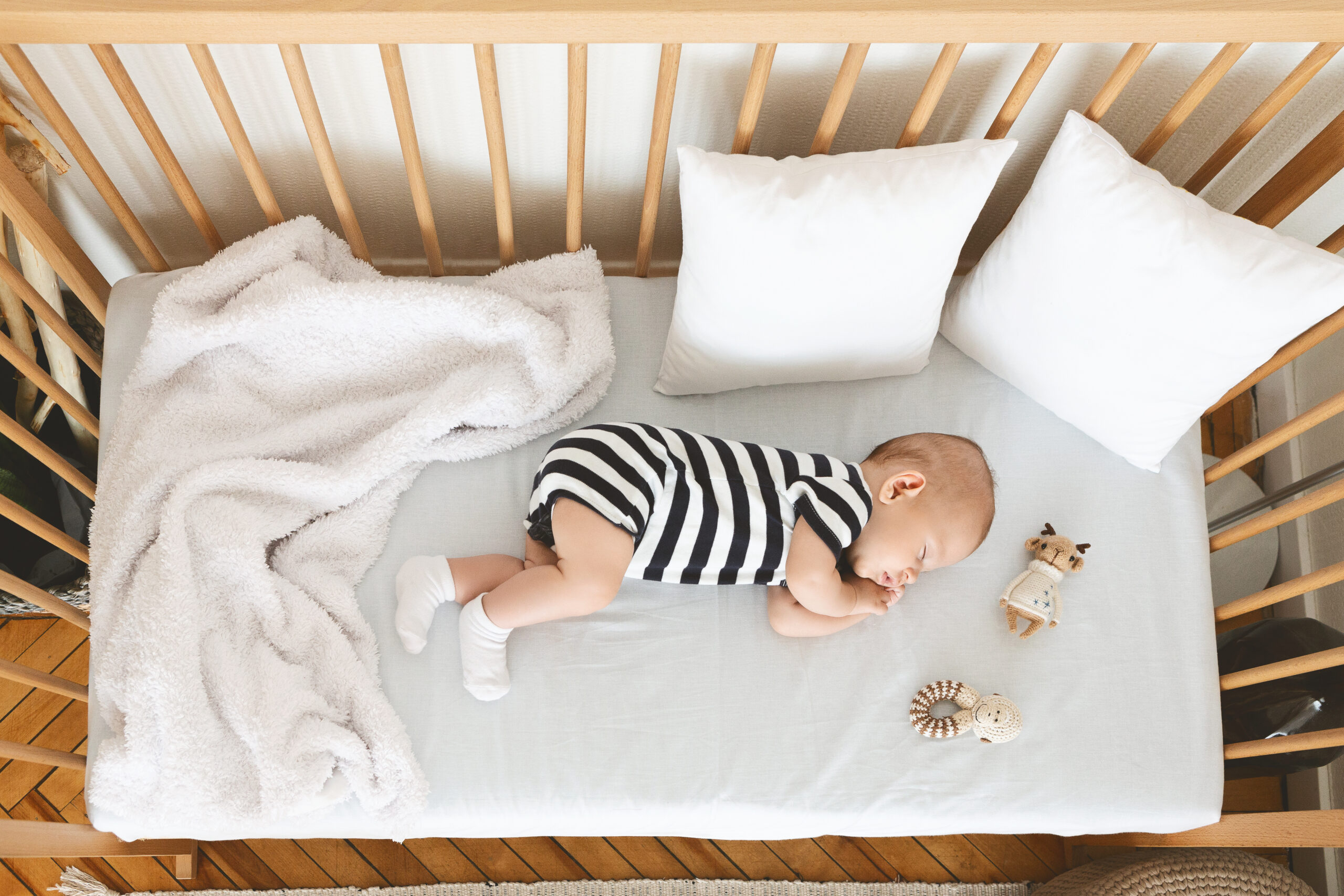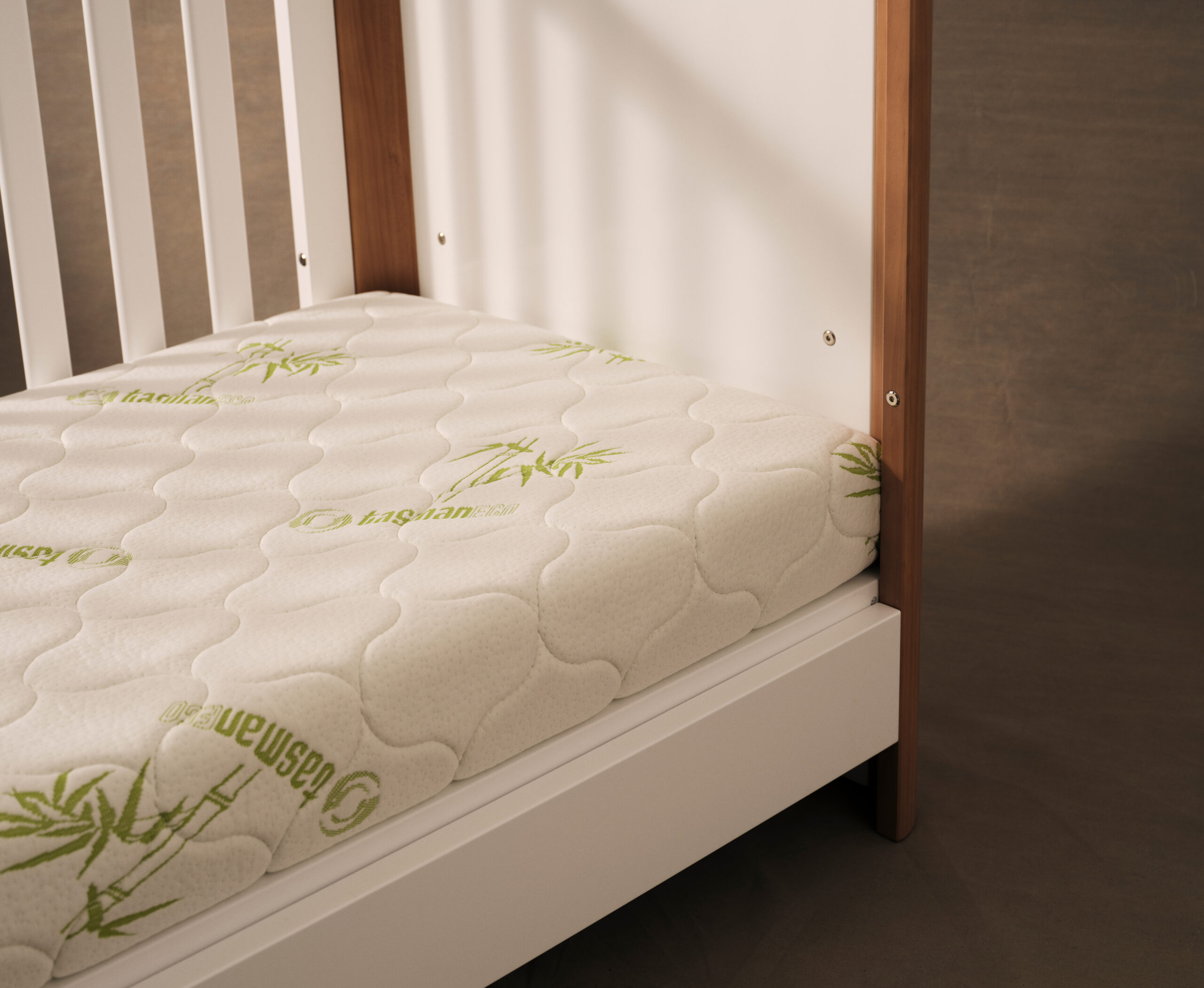Understanding the transition
Swaddling has long been a comforting practice for newborns, providing a sense of security akin to the snug environment of the womb. However, as babies grow and develop, there comes a time when swaddling may no longer be safe or beneficial. Knowing when to stop swaddling your baby is crucial for their safety and development.
When do you stop swaddling a baby?
Newborns and swaddling
As babies reach developmental milestones, such as attempting to roll over, swaddling can pose risks. When a swaddled baby begins to roll over, the limited movement allowed by the swaddle can make it challenging for them to adjust their position, which could potentially increase the risk of discomfort or injury. This is why it is advisable to avoid swaddling a baby who is displaying signs of attempting to roll over, as it may hinder their natural movements and pose safety concerns.
What are the signs of attempting to roll?
Signs that your baby may be ready to roll include increased strength in their neck and core muscles, attempts to lift their head and shoulders during tummy time, and a growing interest in exploring different movements.
These signs indicate that your baby is developing the motor skills necessary for rolling over:
- Increased Strength: Your baby may exhibit enhanced strength in their neck and core muscles, essential for the rolling motion.
- Head and Shoulder Lifts: Attempts to lift their head and shoulders during tummy time demonstrate the development of key muscles required for rolling.
- Exploration of Movements: A growing interest in exploring various movements indicates that your baby is developing the motor skills necessary for rolling over.
- Motor Skill Development: These signs collectively suggest that your baby is on the verge of mastering the coordination and strength needed to successfully roll over
At what age will a new born start to roll?
Babies typically start attempting to roll over between 4 and 6 months of age. This is a significant milestone in their physical development as they begin to explore their mobility and coordination. It is essential for parents to be aware of these signs and understand when it may be time to transition their baby out of swaddling.
Here is a timeline range:
- Birth to 4 Months: During this period, babies focus on developing their neck and core muscles through activities like tummy time.
- 4 to 6 Months: Babies typically start attempting to roll over within this timeframe, showcasing increased strength and coordination.
- Signs of Readiness: Look for signs such as lifting their head and shoulders during tummy time and showing interest in exploring movements.
- Transitioning Out of Swaddling: As babies approach the 4 to 6-month mark, it is crucial for parents to observe these signs and consider transitioning their baby out of swaddling to support their growing mobility and development.
Transitioning your baby out of the swaddle:
When the time comes to stop swaddling your baby, transitioning them out of the swaddle can be done gradually and gently.
5 tips for transitioning your baby out of the swaddle
- Gradual Unwrapping: Start by gradually loosening the swaddle each night to allow your baby to get used to having more freedom of movement. This gradual transition can help them adjust comfortably.
- Arms Out Swaddle Technique: Transition to swaddling with arms out to give your baby more mobility while still providing a sense of security. This method allows them to self-soothe and adjust to sleeping without the full restriction of a traditional swaddle.
- Introduce Sleep Sacks: Consider using sleep sacks or wearable blankets as an alternative to swaddling. These provide warmth and comfort while allowing your baby to move their arms freely.
- Establish a Bedtime Routine: Create a calming bedtime routine that signals to your baby that it’s time for sleep. Consistent routines can help ease the transition out of swaddling and promote better sleep habits.
- Monitor Your Baby’s Response: Pay attention to how your baby responds to the transition. Some babies may adjust quickly, while others may need more time to feel comfortable without being swaddled. Be patient and responsive to your baby’s cues during this adjustment period.
Navigating the transition
Recognising the appropriate time to discontinue swaddling your baby an important aspect of responsible parenting that prioritises both safety and optimal development. By being aware of the signs indicating readiness to roll over and comprehending the potential hazards linked to prolonged swaddling, parents can make educated choices regarding transitioning their baby out of the swaddle. Through a gentle and responsive approach that considers their baby’s cues, parents can effectively navigate this transition period, fostering secure sleep practices and nurture their baby’s physical growth and mobility.

By Carla Cenatiempo
April 10, 2024
By Carla Cenatiempo
April 10, 2024
Carla is the Marketing Lead at Tasman Eco, she has been with the business for almost 3 years now and loves being able to work with Australian families every day. It’s really important for her to share both quality and valuable content on nursery furnitures, with families to ensure they have peace of mind when growing their family amongst all of the noise in the space. Highlighting the importance of selecting the right baby cot and bassinet as part of the nursery setup, she focuses on providing information that helps families make informed decisions for their comfort and safety.






